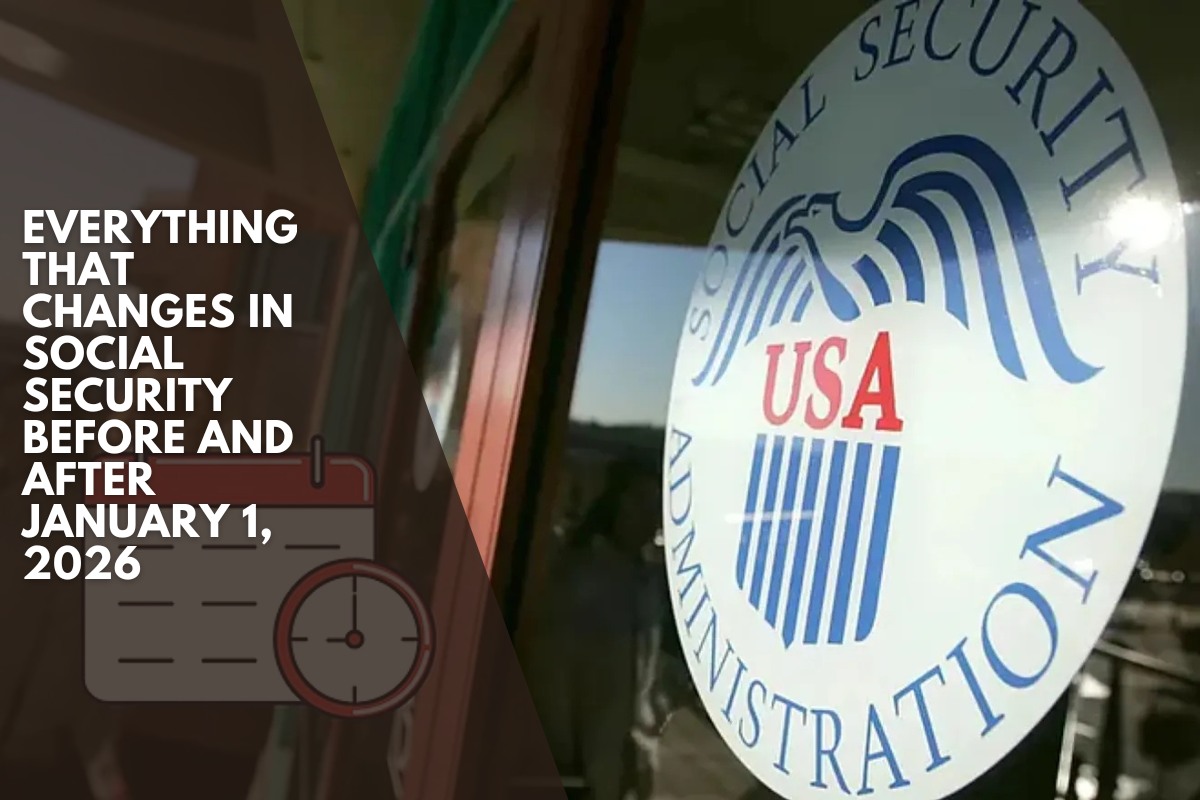Social Security, one of the cornerstones of retirement planning for millions of Americans, is going through some of the most significant changes in recent memory.
With 2026 just around the corner, current and future retirees must prepare for changes that may significantly alter how and when they receive benefits.
From rising costs to structural changes aimed at addressing long-term solvency issues, the Social Security program is under increasing pressure to adapt.
For those approaching retirement or already receiving benefits, the changes coming in 2026 are more than just tweaks; they herald a new era for America’s largest entitlement program.
Key shifts coming to Social Security in 2026
One of the most notable changes in 2026 will be the cost-of-living adjustment (COLA). The annual COLA helps Social Security recipients keep up with inflation, and recent data suggests that next year’s increase may be significantly larger than expected.
According to Money, early projections indicate a 3.2% COLA increase in 2026, up from the previous estimate of 2.6%, due to persistently high inflation.
That’s good news for retirees dealing with rising costs. “The estimate for next year’s COLA increased due to the high rate of inflation,” stated Mary Johnson, a Social Security and Medicare policy analyst.
While the official COLA will not be announced until October 2025, any increase provides a potential financial buffer for millions of beneficiaries.
Another significant change will impact the Full Retirement Age (FRA). For those born in 1960, the FRA will officially increase to 67 in 2026, capping a gradual transition that began in 1983.
This change means that Americans will have to wait longer for their full benefit amounts, or accept permanently reduced monthly payments if they claim sooner.
Taxes are also tightening. Because there is no inflation indexing on income thresholds that determine taxability, higher-income recipients may face higher taxes on their Social Security benefits.
With no changes to these thresholds since their implementation in the 1980s and 1990s, more retirees are falling into taxable brackets each year as a result of inflation and COLA increases.
In addition, the maximum taxable earnings limit is expected to rise again in 2026. This means that higher-income workers will pay more in payroll taxes, as the cap is typically raised each year based on national wage trends.
A minor but significant adjustment will affect earnings limits for early filers, who start receiving benefits before reaching their FRA but continue to work.
The income thresholds that determine whether early claimants receive a reduction in benefits are expected to rise in 2026, allowing some to earn more without penalty.
While some of these changes put more money in retirees’ pockets, others tighten the rules, especially for higher earners or those looking to retire early.
The changes are intended to help ensure Social Security’s long-term viability, but they also highlight the importance of carefully planning for retirement in a changing economic environment.
These comprehensive updates are a wake-up call for Americans of all ages. Social Security is rapidly changing, and those who understand the upcoming reforms will be better able to protect their financial futures.












